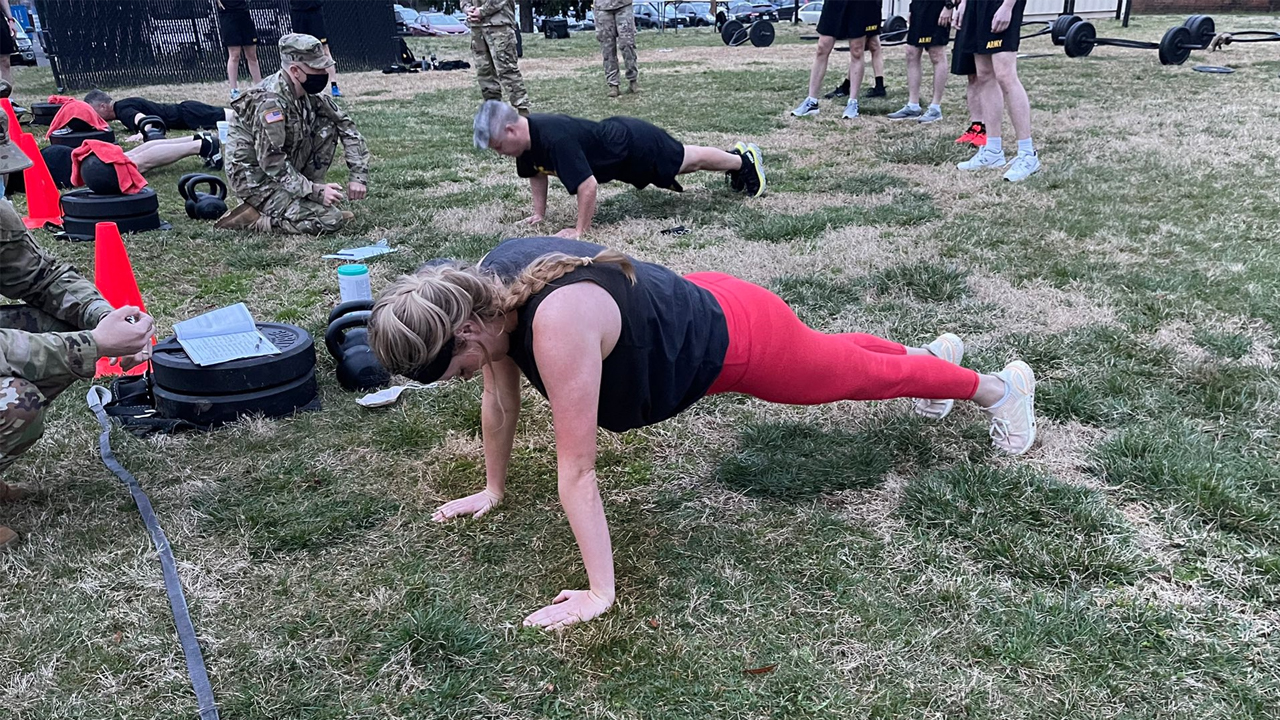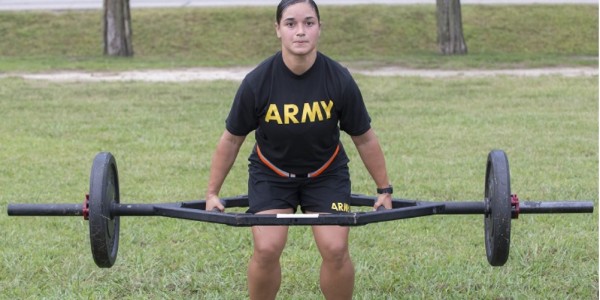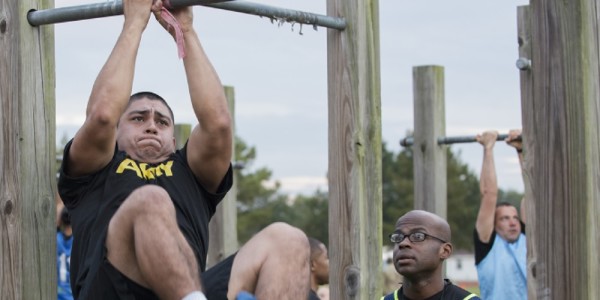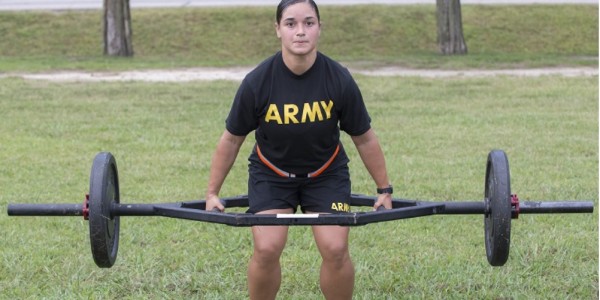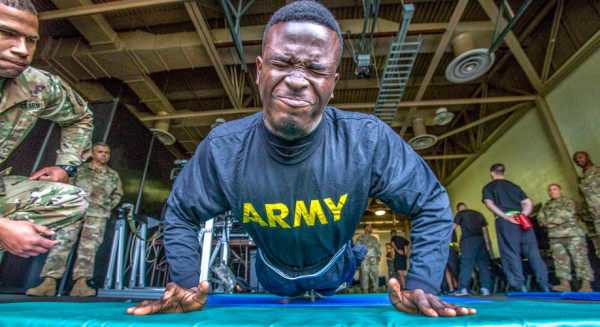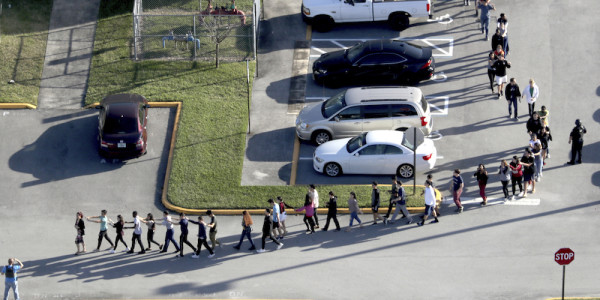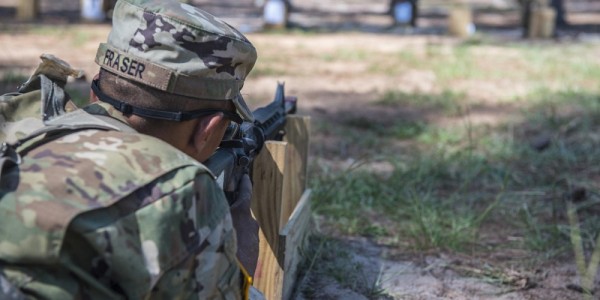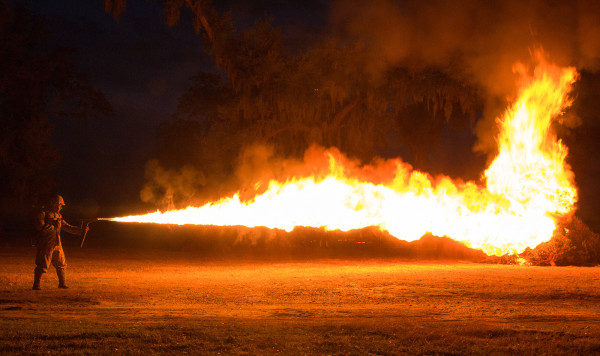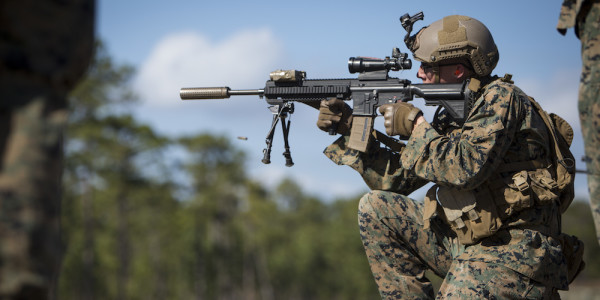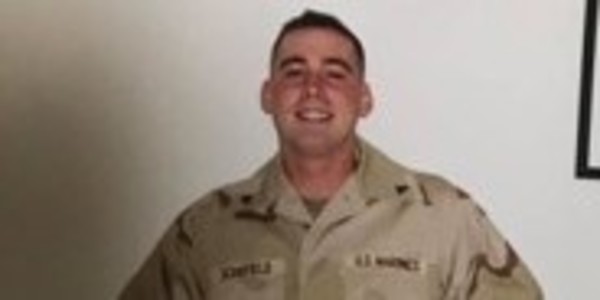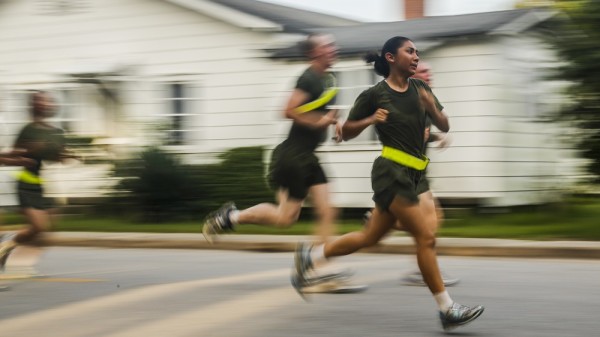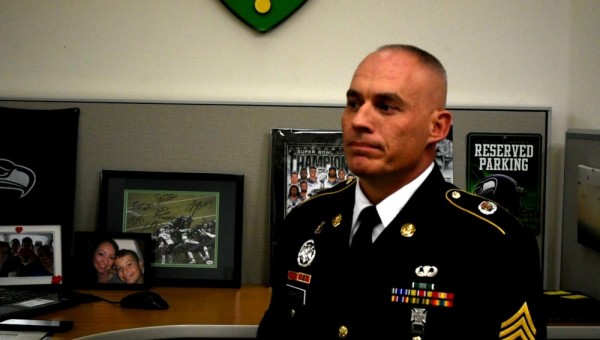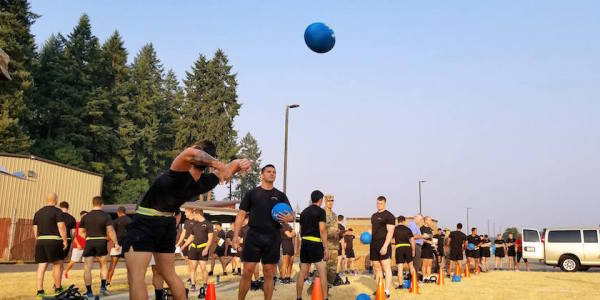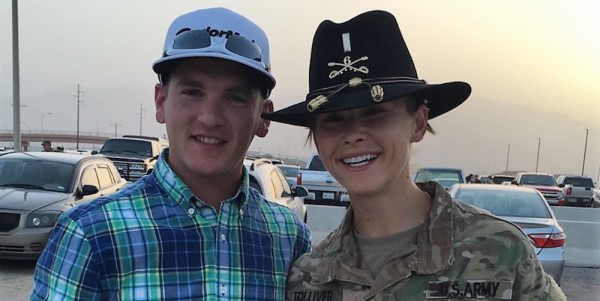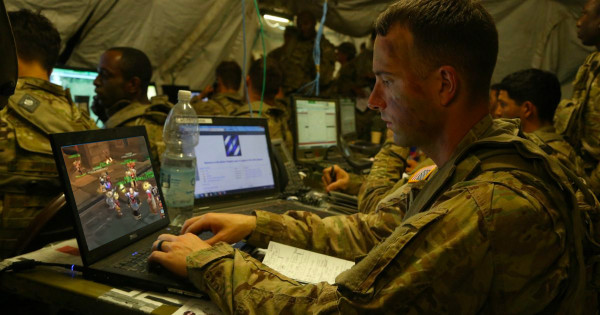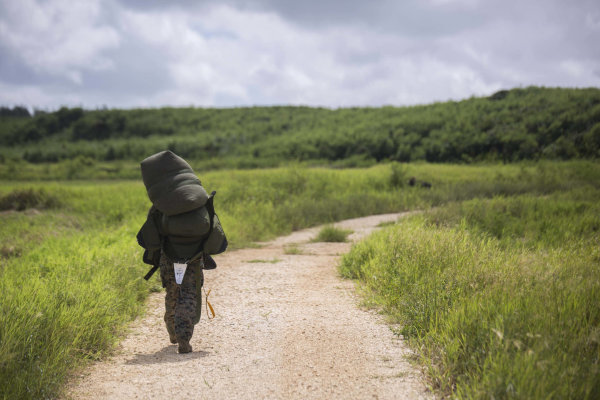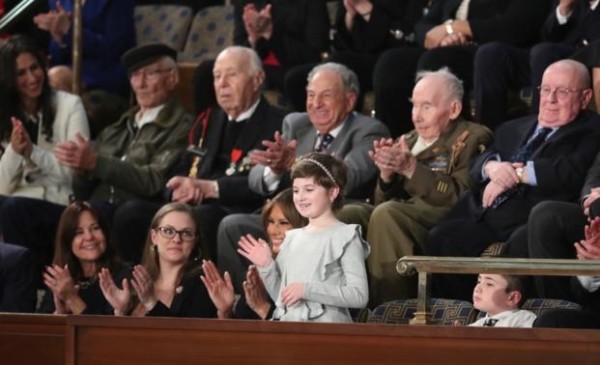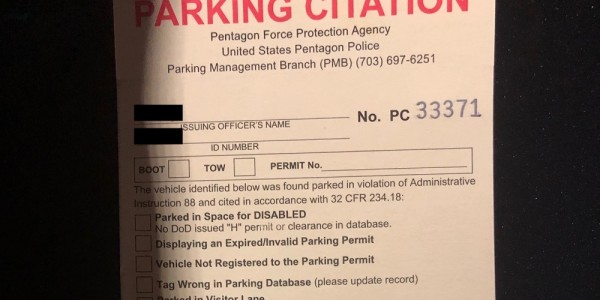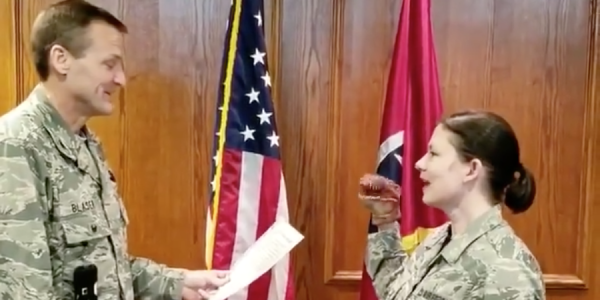I took the Army Combat Fitness Test on Friday. I would have written this article sooner, but to be honest with you I couldn’t feel my arms.
Okay that’s dramatic. And honestly after taking the ACFT I could feel my arms (and shoulders, and back, and legs, and core) too much. Every move I made, I felt everywhere. But I couldn’t not take the ACFT after writing about it for so long — and ultimately I earned 306 points, 54 points short of the required minimum to pass.
The ACFT has been one of the hottest topics in the Army since it was unveiled in 2018. Army leaders have praised it as a significantly better indicator of total fitness than the Army Physical Fitness Test, while lawmakers and advocacy groups have argued that it’s harmful to the force and will have a disproportionately negative impact on women.
I’ve been writing about one development after the next, so when the opportunity to actually take it presented itself, I couldn’t pass it up. The way I saw it, what kind of reporter would I be if I didn’t take the test that the soldiers I talk to have been training to take for so long, and the one I’d been writing about over the last two years?
The answer to that question is “a less sore reporter,” but I digress.
On Friday I got up at 5 a.m. and dragged myself to Joint Base Myer-Henderson Hall, Virginia, to take the ACFT with two other reporters and a group of soldiers, as well as the sergeant major of the Army and the vice chief of staff.
I’d had a three-week head start from when I agreed to take the test to the day I actually took it; I’d planned on training and doing more weights with the hopes of not totally embarrassing myself in front of Army leadership. I exercise regularly, doing what I can at home as I stopped going to the gym last year because of the novel coronavirus (COVID-19).
When I was thinking about the ACFT I was most concerned about the hand-release push-ups and the run. I was out of practice running, though I figured it wouldn’t be impossible, and as for the push-ups…well, let’s just say that upper body strength isn’t my forte and when we moved to that part of the test I asked what would happen if I couldn’t even correctly do one.
“You fail this event,” was the simple response I got. Right! Of course.
My “training” was essentially just a continuation of the workouts I usually do — the occasional run, mixed in with different days of weights focusing on arms, legs, and core strength. I brought up the issue of push-ups to my sister, an exercise physiologist who gave me tips on how to improve, which seemed to boil down to: do more of them. Who knew!
The morning of the test, I was less than inspired. I am not a morning person — just ask my editors, God bless them — so while I was trying to be my most-awake self, all I could think was, “Why in the hell does anyone think doing PT at 6:30 in the morning is a good choice? What’s wrong with a respectable 8 a.m. workout?” But there we were in the dark, filling out our scorecards and stretching.
Both Gen. Joseph Martin, the vice chief of staff, and Sgt. Maj. of the Army Michael Grinston appeared more awake than I could ever hope to be at that hour. This was, of course, not their first rodeo.
We were starting with the deadlift, something I hadn’t done since high school, and certainly not with the minimum weight requirement of 140 pounds to pass that event. I did a test deadlift to see if it would even be possible, and to make sure my form was correct. To my (extreme) surprise I was able to do it, and when the test began I was more than pleased with the minimum 60 points I received from completing that event.
Meanwhile, Grinston, who is 53 years old and was in a lane with myself and the two other reporters, was breaking his personal record of deadlifting 340 pounds, maxing out his score.
After the deadlift we moved on to the standing power throw which frankly, I hadn’t thought much about — I watched a video a few days before the test to get familiar with the form, but otherwise hadn’t practiced it.
During the event you get one practice throw and then two recorded throws, of which the grader takes the best distance. My test throw was….not ideal. I had my hands on the side of the medicine ball instead of under it to launch it over my head, so on my first attempt it slipped right out of my hands and hit the ground behind me. Grinston, who was standing nearby, patiently helped correct my form and my next throw was slightly better, reaching 4.9 meters — just over the minimum requirement of 4.5 meters.
By the time we moved on to hand-release pushups I was feeling okay. The good thing about the ACFT is that you have time to rest between events while the other people in your lane are testing. So while Grinston was blowing through his push-ups like a well-oiled machine (he maxed out this event as well) I was contemplating how I could explain my way out of not being able to do one real push-up, let alone 10.
But not trying simply isn’t an option — both in the Army’s eyes, and my own — so down I went on the damp grass to give it a go. One repetition of these push-ups requires you to start with your chest on the ground, come up and all the way back down again, stick your hands out to your sides and then bring them back to your push-up position.

Shockingly, I did one. Then I did another, and another, and another. One of the tips we’d gotten ahead of test day was to move our arms slowly out to our sides on the release portion if we needed a small break; don’t stop moving, but move slowly if you need a breather. I kept that in mind and ultimately I did 12 before my arms gave out.
I couldn’t believe it. I don’t think my sister could either when I told her later, though she acted like she’d known all along I was capable. She’s wonderful.
Next was the sprint-drag-carry. When I watched a video breaking down this event it reminded me a bit of exercises we did in school during basketball practice — sprinting to half-court and back, then shuffling down and back — only with the added events of dragging 90 pounds and then carrying 40-pound kettlebells.
Grinston warned us that this event was the one that could get us; it’s one that often surprises people when they take it, he said.
He was right. The second I started dragging that 90-pound sled down the 50-meter lane my body was wondering what the f–k was going on. Grinston’s spokesman Sgt. 1st Class Will Reinier, who was grading me and the other reporters on each event, told me ahead of time not to turn around during this portion even though I might want to because then I’d be using the muscles on one side of my body more than the other. I’d taken note of the advice, but couldn’t help myself as I was going down the lane — where the hell is the end of this thing? When do I turn around?

We’d also been told again and again not to cross our feet when we were doing the lateral shuffle, which I thought was odd because it seemed like the easiest part of the event. But when it came time for me to start, it was like the signals my brain was sending to my feet weren’t getting through. Despite my best effort I kept accidentally crossing my feet as my legs had apparently decided they were done with my bullshit. By the time I was picking up the kettlebells, I was having an out-of-body experience.
Still, I finished under the three-minute requirement. I walked right past our group and laid down in the grass, questioning every choice I had ever made that brought me to this point in my life. Another tip we’d gotten ahead of the test was to bring a small snack for after this event, and it was clear why. I was wiped, and we still had two more events to get through.
Finally we moved on to the leg tuck event, which as of April 1 can be permanently substituted for a plank if soldiers choose to do so. I elected to do the plank at the beginning of the test; I was glad I did because even on a good day I don’t think I can do a leg tuck quite yet, but especially not after the sprint-drag-carry. I completed the plank in two minutes and 14 seconds, earning me 61 points.
At this point I was exhausted and I couldn’t imagine being able to summon the energy to run two miles. That was something I hadn’t really thought about ahead of the test: While running is something I’m more familiar with than a deadlift or dragging a 90-pound sled, it also comes after every other event.
When we started the run, Grinston shot off at the front of the pack with Army Times reporter Kyle Rempfer. I fell to the back of the group telling myself if I just got across the finish line I would be happy with myself. We were running a set loop on the base measured to be about one mile, meaning we had to do it twice. There were soldiers along the way directing us to turn left; they were extremely kind and encouraging as I slogged past them, calling out things like “Great pace, ma’am,” and “Keep it up!” I verifiably was not moving at a great pace, but it was nice that they said so anyway.
“It’s brutal making you run two miles after all those other events, isn’t it?” One asked as I stumbled past him.
“It’s cruel!” I answered. He laughed and I have a feeling he was wondering if he needed to call for medical assistance just in case. I wouldn’t have blamed him.

I kept telling myself to just get to the finish line — just finish and then you’re done! I’d accepted that I was coming in dead-last and certainly wouldn’t receive a passing score, but even finishing was enough for me at this point. I was almost expecting Grinston to come from behind and lap me, just because he wanted to run another mile for fun. What I wasn’t expecting was for him to run back to meet me from the finish line, to finish the run together.
The thing is, you can’t stop running when the Sgt. Maj. of the Army is running right next to you.
Moments later Lt. Col. Jamie Dobson, spokeswoman for the undersecretary of the Army, joined us. It was incredibly kind and had I not been focusing so intensely on trying to not fall over I probably would have told them as much in the moment. As we rounded the last corner and neared the finish line, Grinston pushed me to run faster.
“Everybody wants to beat the SMA,” he said. “All you have to do is get out in front of me!”
I put all the energy I had left into that last stretch and finished with a time of 23:09 — two minutes and nine seconds over the 21:00 requirement. I didn’t earn one single point for that event, as expected, but I was proud of myself for finishing.
Army leaders have been urging people to just take the test so they can find out what they need to work on. Scores aren’t officially counted for or against soldiers until next year, so they’ve urged soldiers to take it and input their data into the Army’s data management system to not only see what they need to work on, but for the Army to see what is and isn’t working with the test.
“As we get the data with the sprint-drag-carry we’ll go okay, do we need to make adjustments?” Grinston explained after the test. “We actually made it faster, used to be the max was 1:45, and then we went to like 1:33 because we saw a lot of people were doing well with it.”
After taking the test, it’s obvious that for me, my area of improvement is increasing my stamina so I’m not (literally) running on empty after the other five events. For Grinston, the event he says is hardest for him and something he’s continuing to work on is the standing power throw.
“Most people go, ‘What’s the big deal about throwing a ball?’ But that motion to explode is one thing we weren’t testing,” he said. “With a push-up and a sit-up and a run, you don’t check explosive power. That ability to move very quickly, whether you’ve gotta jump or you’ve gotta move because something happens … you do that and all of a sudden you pull a hamstring or something. So I’ve still got to work really hard on that explosive power.”
When it was all said and done, everything about me was tired. I was already sore and knew that it would only get worse the next day. When Reinier told me to sign my scorecard, my arms were so heavy that I scribbled something not even close to resembling my real signature.
The ACFT is a long test that hits muscles you didn’t even know you had, but if you’re anything like me you might surprise yourself with what you’re physically able to do when push comes to shove. I was pleased with myself, but I couldn’t wait to get to the car and sit down for a few minutes. Grinston, on the other hand, said he had a meeting to get to. When I looked over moments later, he had a drawstring backpack on and was beginning to jog down the road.
I felt more tired just watching him.
Featured image: Haley Britzky doing push-ups during the Army Combat Fitness Test. (Steve Beynon/Military.com)

